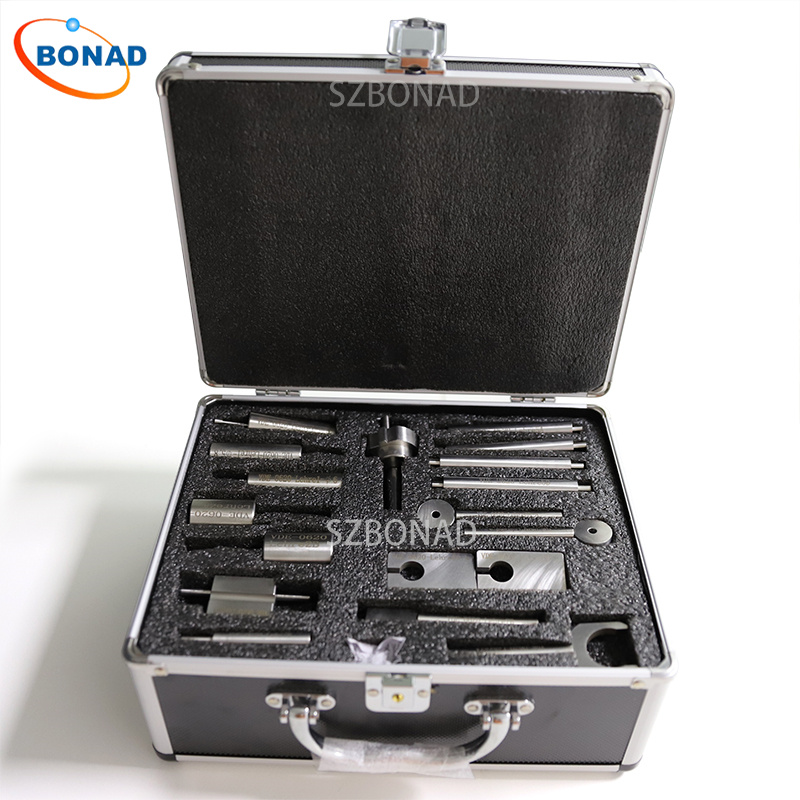What is a Climate Chamber?
A climate chamber, also known as an environmental chamber, thermal chamber, or temperature chamber, is used to simulate temperature and environmental conditions. These chambers are essential for testing the durability and performance of products under various climatic conditions.
Factors Contributing to the Short Lifespan and Aging of High and Low Temperature Test Chambers
Several factors can lead to the premature aging and reduced lifespan of high and low temperature test chambers. These include temperature fluctuations, exposure to light, and a humid environment. To ensure longevity, it is recommended that these chambers be placed in environments with stable temperatures, low humidity, and minimal direct sunlight.
- Environmental Temperature: The operation of the equipment generates heat, which can increase the surrounding temperature and subsequently intensify light damage. It is crucial to monitor and control the temperature range during equipment operation.
- Surrounding Light: Different materials used in high and low temperature test chambers have varying resistance to light. Typically, these chambers are constructed with SUS304 stainless steel for better durability.
- Humidity: Moisture from rain, dew, or general humidity can lead to condensation, which is a significant factor in outdoor humidity. Proper ventilation during installation is necessary to prevent moisture accumulation.
Maintenance Tips for High and Low Temperature Test Chambers
- Regular Cleaning: Clean the equipment at least once a week using soapy water. The humidifier should be inspected monthly, with water replaced regularly to ensure cleanliness.
- Condenser Maintenance: Keep the condenser clean by removing dust with a vacuum cleaner or high-pressure air monthly to prevent compressor issues.
- Post-Test Cleaning: After each test, clean the chamber with water and ensure it is thoroughly dried to maintain cleanliness.
- Water Level Management: Maintain appropriate water levels in the water tube to ensure accurate wet ball readings.
- Test Cloth Replacement: Replace test cloths every three months or when they become dirty or hardened to ensure accurate readings.
Importance of Regular Maintenance
Regular maintenance ensures that high and low temperature test chambers operate efficiently and have a longer lifespan. Key maintenance activities include:
- Monitoring Temperature and Humidity: These factors significantly impact the instrument’s performance by causing corrosion or errors in mechanical parts.
- Dust and Corrosive Gases: These can affect the mechanical system’s flexibility and reliability of switches and keys.
- Internal Dust Removal: Periodically remove dust from inside the chamber by opening its cover under an engineer’s guidance.
- Evaporator Issues: Frequently opening the chamber door or air leakage can cause evaporator problems.
Safety Information for Using High and Low Temperature Test Chambers
- High Temperature Burns: Avoid burns by being cautious when opening the chamber door during or after high-temperature tests.
- Low Temperature Frostbite: Prevent frostbite by handling the chamber door carefully during or after low-temperature tests.
- Electric Shock Prevention: Despite anti-electrical measures, avoid touching electrical parts.
Installation Safety Information
- Power Supply: Ensure correct wiring for three-phase power supply systems to prevent damage.
- Ventilation Requirements: Install the device in well-ventilated areas due to heat generation.



